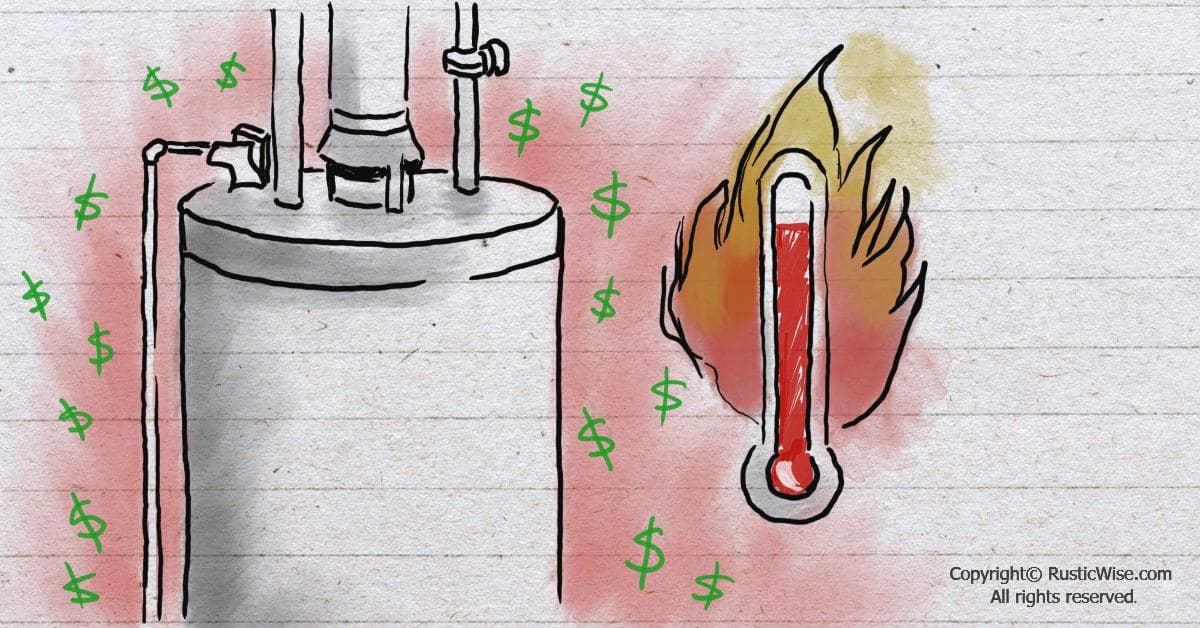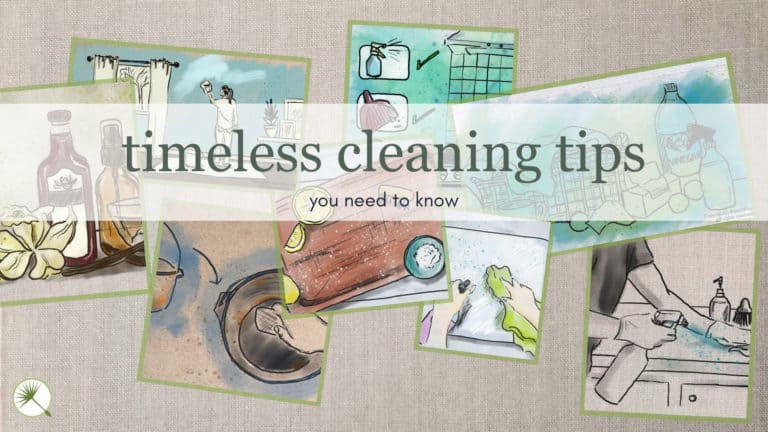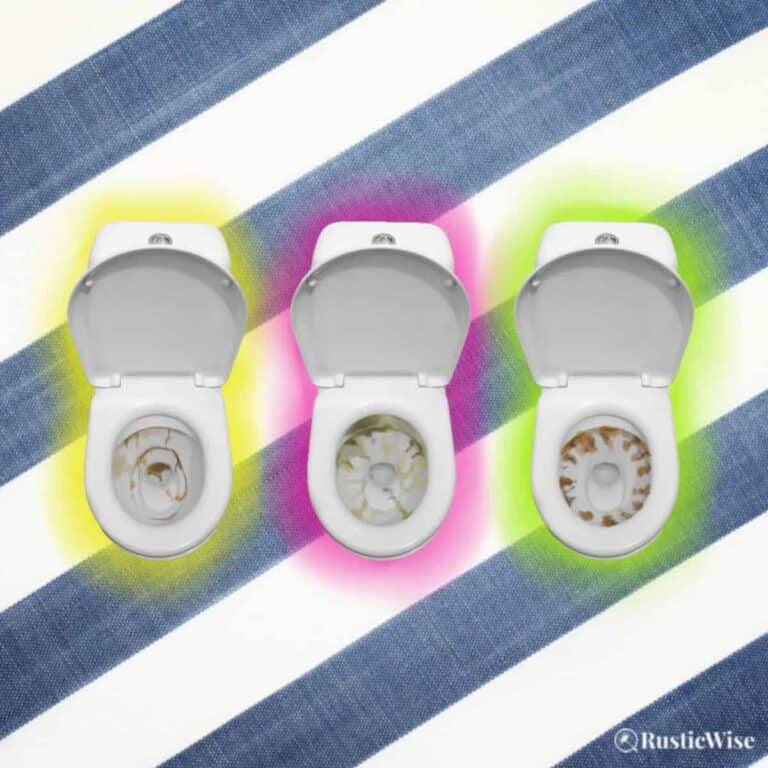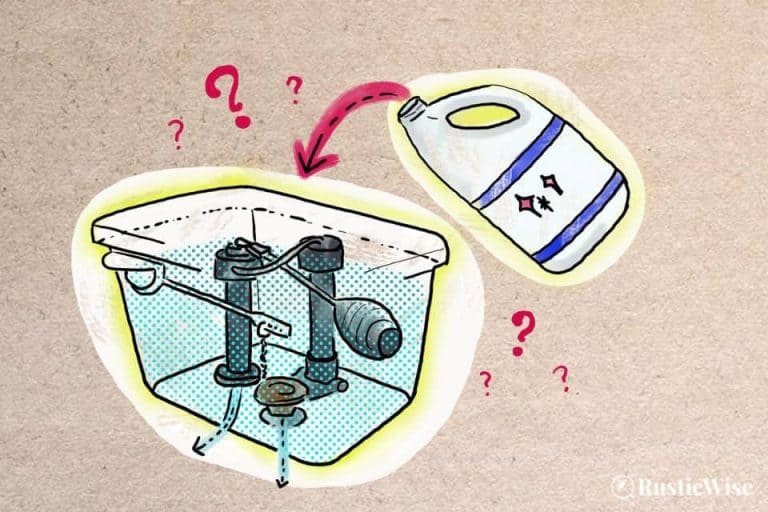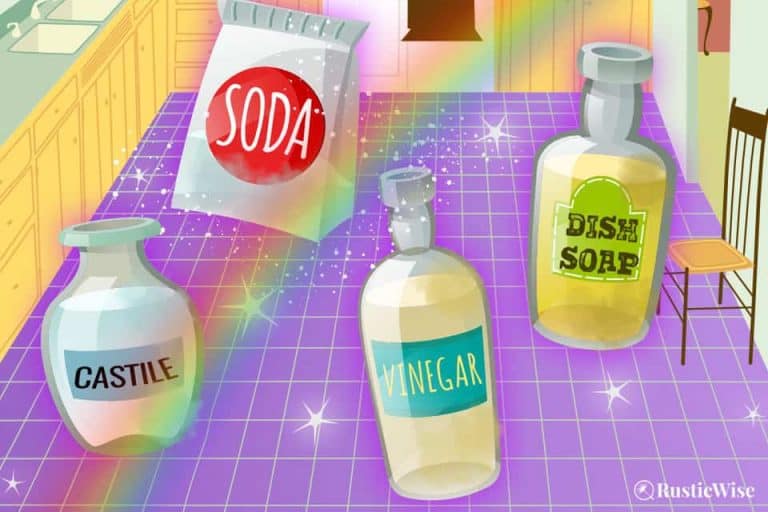Smart Tips: Turning Down Hot Water Heater to Save Money
If there’s one home appliance that sucks up a lot of energy and uses it inefficiently, it’s your hot water heater. Most of us have old-school hot water tanks that are constantly heated around-the-clock for us to use for washing dishes, doing laundry, and showering.
According to the U.S. Energy Information Administration, on average, water heating accounts for 19 percent of home energy consumption. This is a sizable chunk of your monthly utility bill. If there’s a smart tip, it would be turning down your hot water heater to save money.
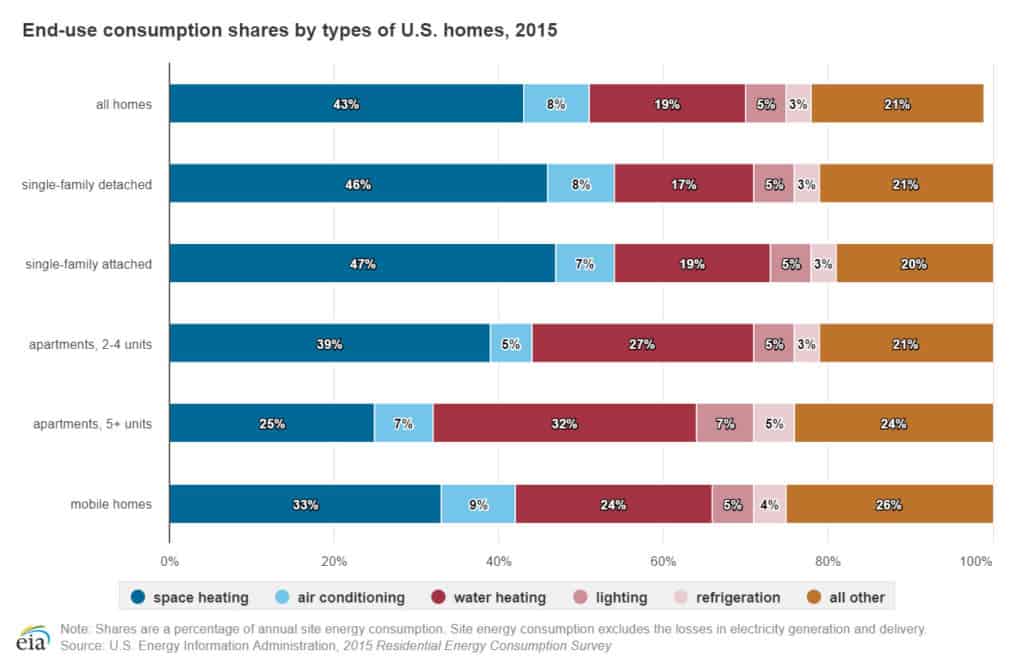
If you’re curious about how Canadians fare, we’re pretty much in the same boat.
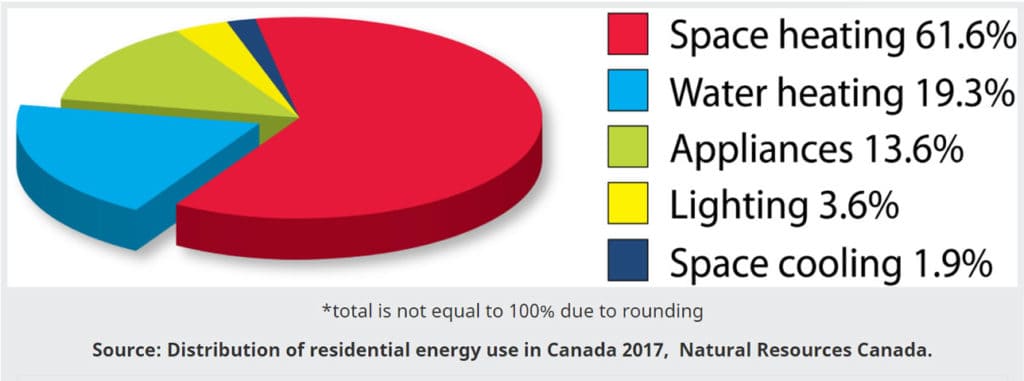
Does turning down the water temperature actually make a difference? Yes—here’s why.
The ideal temperature for your hot water heater
Most hot water tanks are preset to 140 degrees Fahrenheit (60 degrees Celsius). However, the Goldilocks temperature (not too hot and not too cold) that’s recommended by the U.S. Department of Energy (DOE) is 120 degrees Fahrenheit (49 degrees Celsius).
This golden temperature is still warm enough to shower in comfort, and not cold enough to be of any noticeable difference (because nobody appreciates an unexpected cold shower).
4 reasons why you should turn down your hot water heater
There are many solid reasons why you should consider reducing the temperature of your hot water tank:
1. Ka-ching: turning down hot water heater to save money
If you think about it, that beast sitting in your basement or garage is heated 24-7, 365 days a year. Turning down the water temperature by 20 degrees results in direct savings.
According to the DOE, for every 10 degree (Fahrenheit) reduction in temperature, you’ll save between 3-5 percent on your water heating costs.
For simplicity’s sake, let’s say your monthly water bill is $100. By turning down the water heater temperature down to 120 degrees Fahrenheit from 140 degrees Fahrenheit, you could potentially save between 6-10 percent of your water bill.
100 X 0.06 = $6
100 X 0.1 = $10
Your monthly savings could be $6-10. Your yearly savings could be $72-$120. While I know this calculation is overly simple, it’s worth considering.
2. Prevents scalding
Keeping water temperature to 120 degrees reduces the risk of scalding. Water heated to 140 degrees is often too hot for young children or seniors, and skin can easily become scalded in a few seconds.
3. Prevents sediment buildup
That hot water tank when heated above 120 degrees just speeds up the rate of sediment buildup. Particularly if you have hard water, minerals like calcium carbonate can develop overtime into a hardened layer. A sediment layer not only causes corrosion within the tank, it also takes longer to heat up to the desired temperature resulting in more energy consumption.
4. Prevents unnecessary stand-by heat loss
For the majority of time, your hot water tank is sitting, just waiting for someone to use it. When the thermostat on your hot water heater is set higher, your heater works constantly to keep water at this temperature. This means the burner is heated up more often to keep water warm. These more frequent cycles result in greater energy use.
Finding the right temperature for your household
Sometimes the thermostat on the hot water heater isn’t 100 percent accurate. Whenever you’re adjusting the water temperature, it’s always a good idea to test it out first. Turn on a nearby sink faucet and allow it to run full blast on hot. Use a thermometer to take a reading of the temperature. Keep readjusting until you’ve got it right.
Easy, low-cost ways to save money on your monthly water bill
To give you a rough idea of how much water the average household uses, here are some figures from Energy Saver (U.S. DOE):
Average Hot Water Usage
| ACTIVITY | GALLONS PER USE |
|---|---|
| Clothes washer | 25 |
| Shower | 10 |
| Dishwasher | 6 |
| Kitchen faucet flow | 2 per minute |
| Bathroom faucet flow | 2 per minute |
| TOTAL DAILY AVERAGE | 64 |
Besides turning down the temperature of your hot water tank, here are a few easy and low-cost ways to save money and reduce water consumption.
- Go low-flow: Low-flow showerheads and fixtures are fairly inexpensive and are an easy way to cut down on water usage. We have them at home and don’t notice any difference in terms of water flow when taking showers. This simple fix can help reduce water usage by 25–60 percent.
- Insulate your water tank: Ensure your hot water storage tank is well-insulated to prevent heat loss. While newer models may already come insulated, older tanks could use some help in this department. Follow your manufacturer’s guidelines. For gas or oil tanks, be sure not to cover the top, bottom, thermostat, and burner.
- Insulate piping: The first few feet of hot and cold water pipes that connect to your water tank should be insulated to prevent heat loss.
- Fix leaks: Leaky faucets are the bane of our domestic existence. Not only are they annoying, they are extremely wasteful. The U.S. Geological Survey has a handy drip calculator you can try out. If you have one leaky faucet that drips 30 drips/minute, that leads to 10 liters or 2 gallons of water wasted every day! This is a lot of perfectly good water going to waste.
- Use cold water for laundry: Unless you have an extremely filthy load of laundry, cold water during the wash and rinse cycle works just fine.
- Install a timer: If you have an electric heater, use a timer to schedule the heater to turn off when water demand in your household is low, or not in use, for example at night, or when you’re away from home.
Have a leaky faucet(s)? Calculate how much water is going down the drain by using this handy calculator from the US. Geological Survey.
If you really want to save big on your water bill, you can invest in…
New energy-efficient appliances
You’ve probably heard of Energy Star appliances. While they might be more expensive upfront than other appliances, they save you money in the long run. The two areas that would pay off the most when it comes to being more water-efficient is your washing machine and dishwasher.
Newer Energy Star washing machines use 33 percent less water and 25 percent less energy than typical washers. They also do a better job of wringing out excess water so cuts down on drying time too.
Newer Energy Star dishwashers use 33 percent less water and 31 percent less energy than average dishwashers. These efficient dishwashers run more quietly too.
New water tank
And if you have the money, or if your old water heater is about to kick the bucket, it’s wise to invest in a new hot water heater. Newer models are more efficient (especially if your current heater is over 15 years old). You’ll be able to reap the rewards of water and energy savings right off the bat.
References:
- U.S. Energy Information Administration, Use of energy explained, Use of energy explained, https://www.eia.gov/energyexplained/use-of-energy/homes.php. Accessed September 2020.
- Government of Canada, Energy Efficiency, Water heaters, https://www.nrcan.gc.ca/energy-efficiency/energy-efficiency-products/product-information/water-heaters/13735. Accessed September 2020.
- Apollo Home, 3 Reasons to Lower Your Water Heater’s Temperature, https://apollohome.com/tips-for-your-home/3-reasons-to-lower-your-water-heaters-temperature/. Accessed September 2020.
- Energy Saver, Reduce Hot Water Use for Energy Savings, https://www.energy.gov/energysaver/water-heating/reduce-hot-water-use-energy-savings. Accessed September 2020.
- U.S. Geological Survey, Water Science Activities, Drip Calculator: How much water does a leaking faucet waste? https://water.usgs.gov/edu/activity-drip.html. Accessed September 2020.
- Farrell, Mary H.J. (5 October 2018). “Smart Ways to Save on Your Hot Water Bill,” Consumer Reports. Accessed September 2020.

Author: Josh Tesolin
Josh is co-founder of RusticWise. When he’s not tinkering in the garden, or fixing something around the house, you can find him working on a vast array of random side projects.

